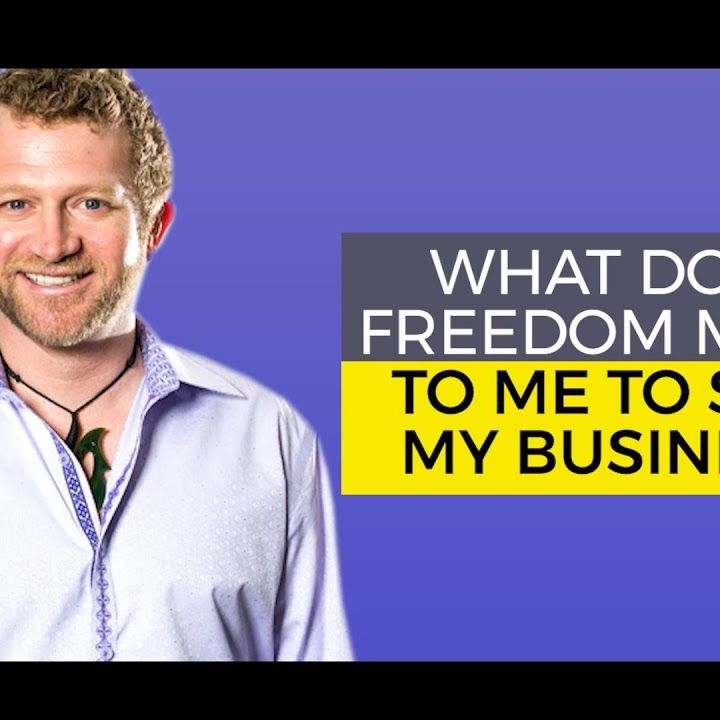If you consider this on a supply & demand basis, the supply of capital has actually increased significantly. The implication from this is that there's a lot of sitting with the private equity firms. Dry powder is basically the cash that the private equity funds have raised but have not invested.
It doesn't look helpful for the private equity companies to charge the LPs their expensive charges if the money is simply sitting in the bank. Companies are ending up being far more sophisticated as well. Whereas prior to sellers may negotiate straight with a PE firm on a bilateral basis, now they 'd employ investment banks to run a The banks would contact a lots of potential purchasers and whoever desires the business would have to outbid everybody else.
Low teens IRR is ending up being the brand-new typical. Buyout Strategies Making Every Effort for Superior Returns Due to this intensified competition, private equity firms have to discover other options to differentiate themselves and achieve remarkable returns. In the following areas, we'll review how financiers can accomplish superior returns by pursuing specific buyout strategies.
This gives rise to opportunities for PE buyers to obtain business that are undervalued by the market. PE stores will often take a. That is they'll buy up a small portion of the business in the public stock exchange. That way, even if somebody else ends up acquiring business, they would have made a return on their financial investment. tyler tysdal prison.
A business may want to enter a new market or launch a brand-new job that will provide long-term value. Public equity financiers tend to be extremely short-term oriented and focus intensely on quarterly incomes.
Worse, they might even become the target of some scathing activist investors (). For beginners, they will save money on the costs of being a public business (i. e. paying for annual reports, hosting yearly investor conferences, filing with the SEC, etc). Many public business likewise lack a strenuous approach towards http://marioqbfl279.lowescouponn.com/private-equity-investment-strategies-leveraged-buyouts-and-growth cost control.
The segments that are often divested are generally considered. Non-core segments normally represent an extremely small part of the parent company's total revenues. Due to the fact that of their insignificance to the overall business's performance, they're typically disregarded & underinvested. As a standalone business with its own dedicated management, these organizations become more focused.
Next thing you know, a 10% EBITDA margin organization simply expanded to 20%. That's really effective. As rewarding as they can be, business carve-outs are not without their downside. Think of a merger. You know how a great deal of business run into trouble with merger integration? Same thing goes for carve-outs.
If done successfully, the advantages PE companies can reap from business carve-outs can be tremendous. Buy & Construct Buy & Build is a market debt consolidation play and it can be extremely successful.

Collaboration structure Limited Partnership is the type of partnership that is relatively more popular in the United States. In this case, there are two kinds of partners, i. e, restricted and basic. are the people, business, and institutions that are purchasing PE companies. These are generally high-net-worth individuals who buy the firm.

How to classify private equity firms? The main category requirements to categorize PE firms are the following: Examples of PE firms The following are the world's leading 10 PE firms: EQT (AUM: 52 billion euros) Private equity investment techniques The procedure of comprehending PE is easy, but the execution of it in the physical world is a much hard task for an investor ().
Nevertheless, the following are the major PE investment methods that every financier need to understand about: Equity techniques In 1946, the 2 Endeavor Capital ("VC") companies, American Research Study and Development Corporation (ARDC) and J.H. Whitney & Business were developed in the US, consequently planting the seeds of the US PE industry.
Foreign financiers got drawn in to reputable start-ups by Indians in the Silicon Valley. In the early phase, VCs were investing more in producing sectors, nevertheless, with new advancements and trends, VCs are now investing in early-stage activities targeting youth and less fully grown business who have high growth capacity, especially in the innovation sector ().
There are numerous examples of startups where VCs add to their early-stage, such as Uber, Airbnb, Flipkart, Xiaomi, and other high valued startups. PE firms/investors pick this financial investment method to diversify their private equity portfolio and pursue larger returns. As compared to leverage buy-outs VC funds have produced lower returns for the investors over current years.